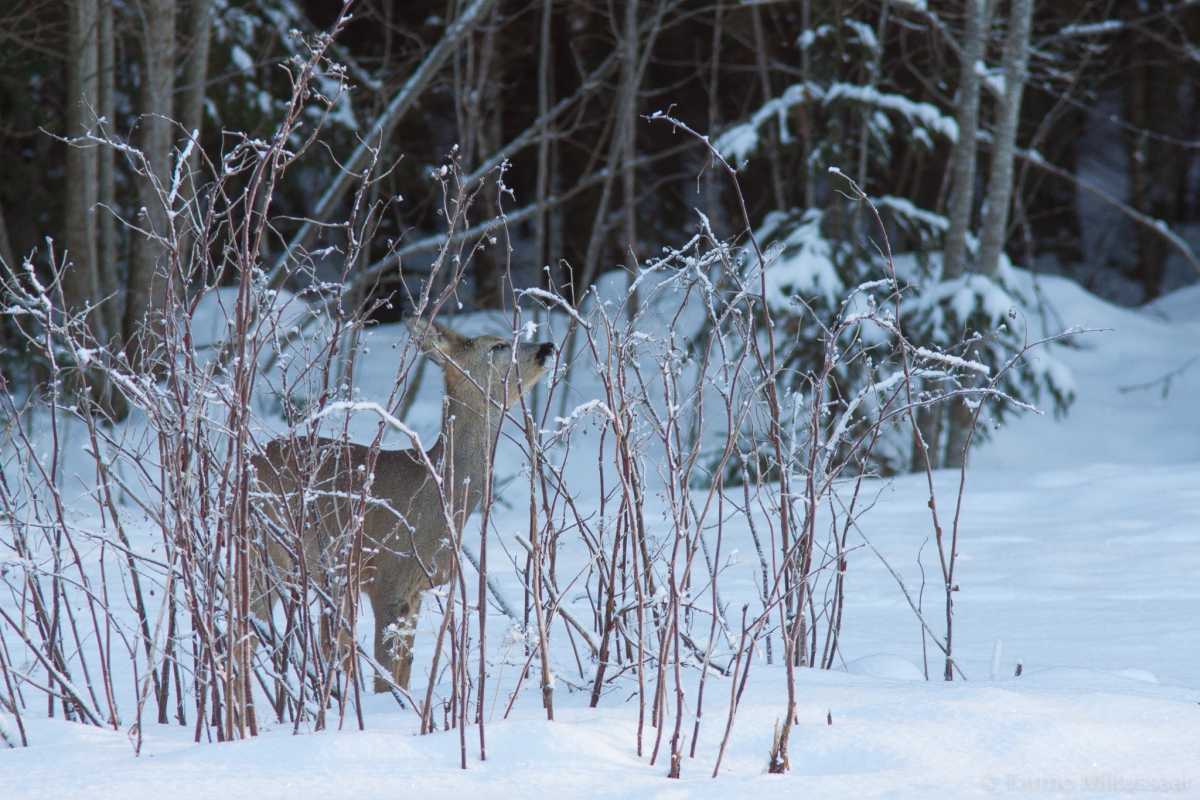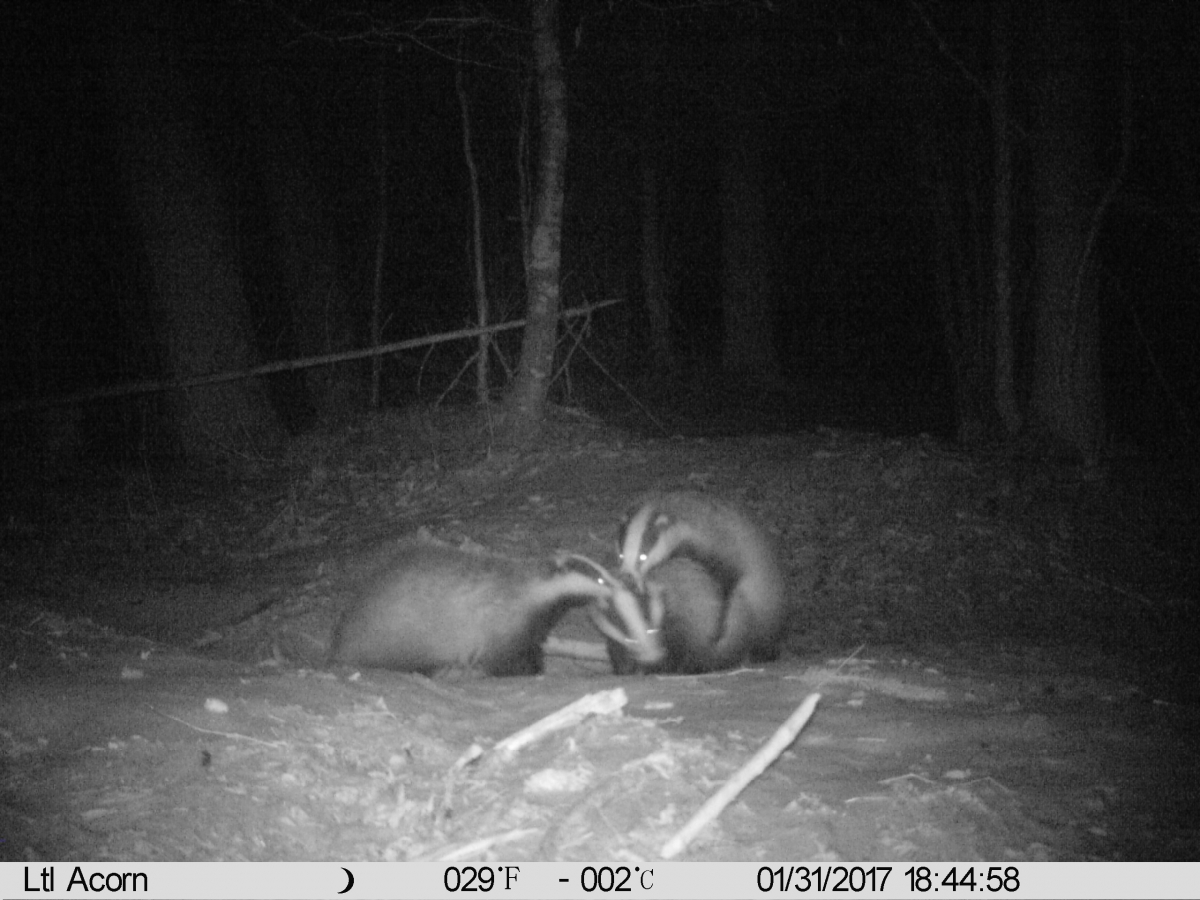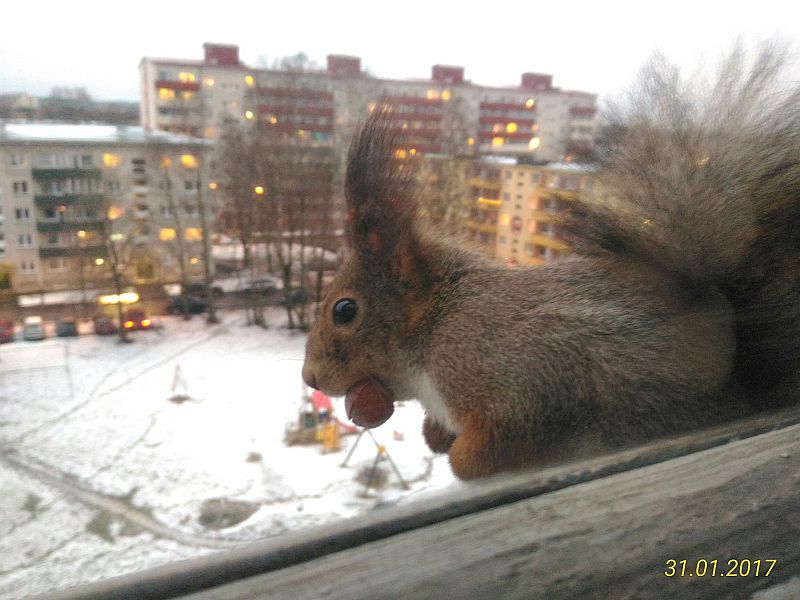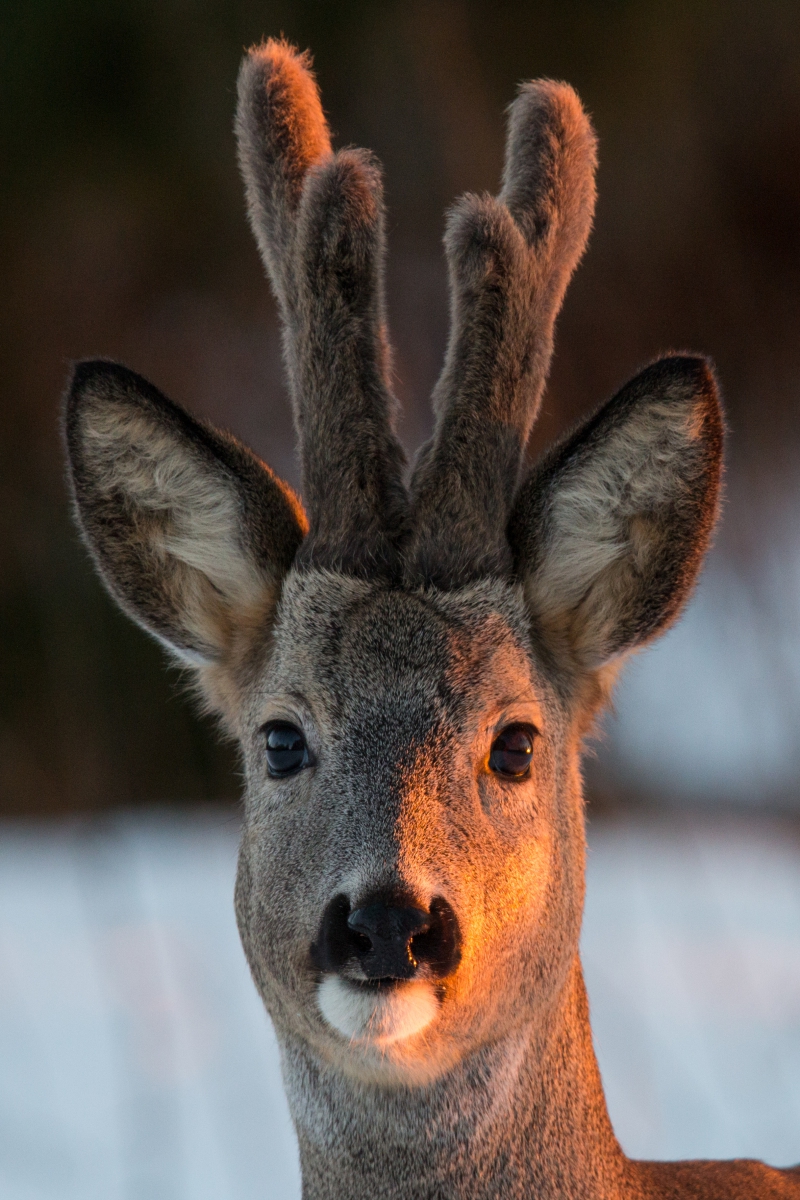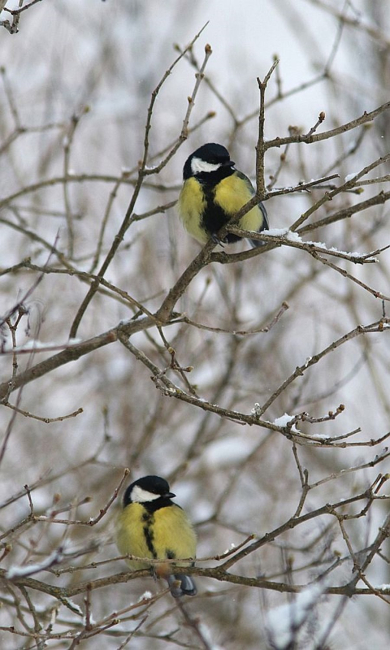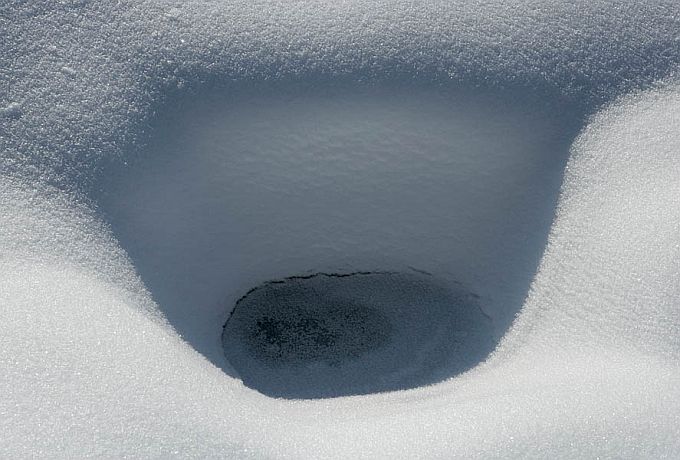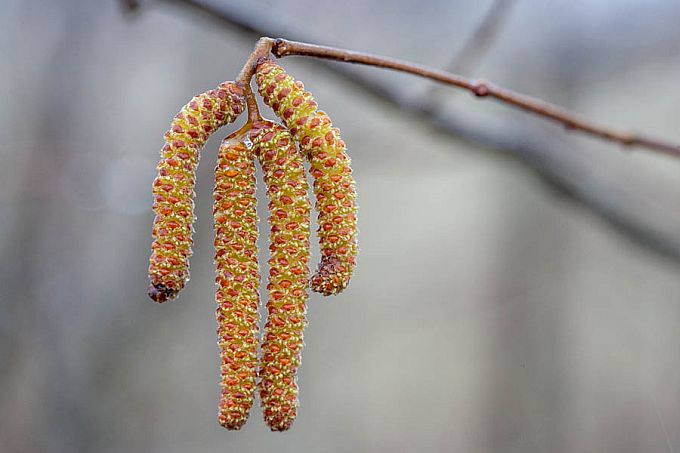Erratic boulders
Text and photos Tiit Hunt, www.rmk.ee
Translation Liis
One of the characteristics in Estonia’s new visual identity is the concept of erratic boulders. Estonia has the greatest number of erratic boulders in the whole of Europe.
This might inspire nature fans to go on a trip to see some of the more sizeable giant boulders for themselves for a change. Bare trees and an almost non-existent snow cover favour such ventures in all ways. Even in a dense thicket all kinds of geological sights stand out much more clearly now.
